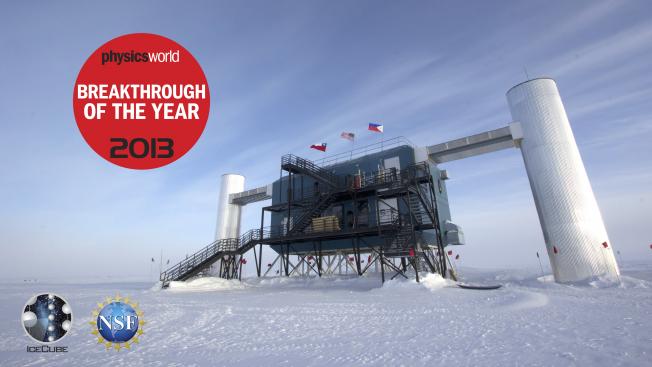The clustering of ultra-high energy cosmic rays and their sources
Phys.Rev.D 67 (2003) 103005-103005
Authors:
NW Evans, F Ferrer, S Sarkar
Abstract:
The sky distribution of cosmic rays with energies above the 'GZK cutoff'
holds important clues to their origin. The AGASA data, although consistent with
isotropy, shows evidence for small-angle clustering, and it has been argued
that such clusters are aligned with BL Lacertae objects, implicating these as
sources. It has also been suggested that clusters can arise if the cosmic rays
come from the decays of very massive relic particles in the Galactic halo, due
to the expected clumping of cold dark matter. We examine these claims and show
that both are in fact not justified.



